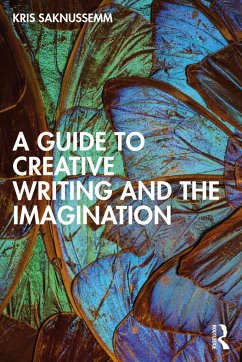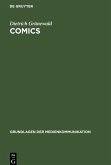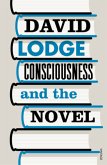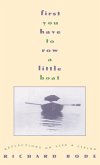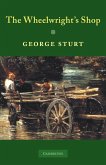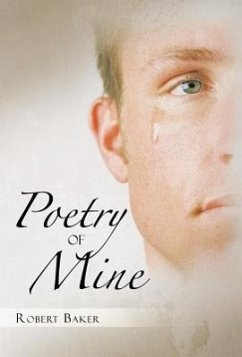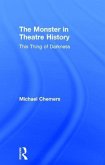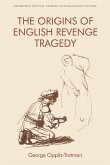Teaching creative writing for the multicultural, global, and digital generation, this volume offers a fresh approach for enhancing core writing skills in the major forms of Poetry, Fiction, Nonfiction, and Drama. A Guide to Creative Writing and the Imagination aims to provide students with organic, active learning through imitation and examples which not only emphasize writing and reading but look to other art forms for inspiration. This volume's key features include:
- Strengthening key underlying capabilities of what we mean by imagination: physical and mental alertness, clarity of perception, listening skills, attention to detail, sustained concentration, lateral thinking, and enhanced memory.
- Taking direction from other art forms such as African American musical improvisation, Brancusi's sculptural idea of "finding form," key ideas from drawing such as foreground, background, and negative space-and some of the great lessons learned from National Geographic photography.
- Incorporating techniques drawn from unusual sources such as advertising, military intelligence, ESL, working with the blind, stage magic, and oral traditions of remote indigenous cultures in Oceania and Africa.
The work is intended for a global English market as a core or supplementary text at the undergraduate level and as a supporting frame at the M.F.A. level.
- Strengthening key underlying capabilities of what we mean by imagination: physical and mental alertness, clarity of perception, listening skills, attention to detail, sustained concentration, lateral thinking, and enhanced memory.
- Taking direction from other art forms such as African American musical improvisation, Brancusi's sculptural idea of "finding form," key ideas from drawing such as foreground, background, and negative space-and some of the great lessons learned from National Geographic photography.
- Incorporating techniques drawn from unusual sources such as advertising, military intelligence, ESL, working with the blind, stage magic, and oral traditions of remote indigenous cultures in Oceania and Africa.
The work is intended for a global English market as a core or supplementary text at the undergraduate level and as a supporting frame at the M.F.A. level.

